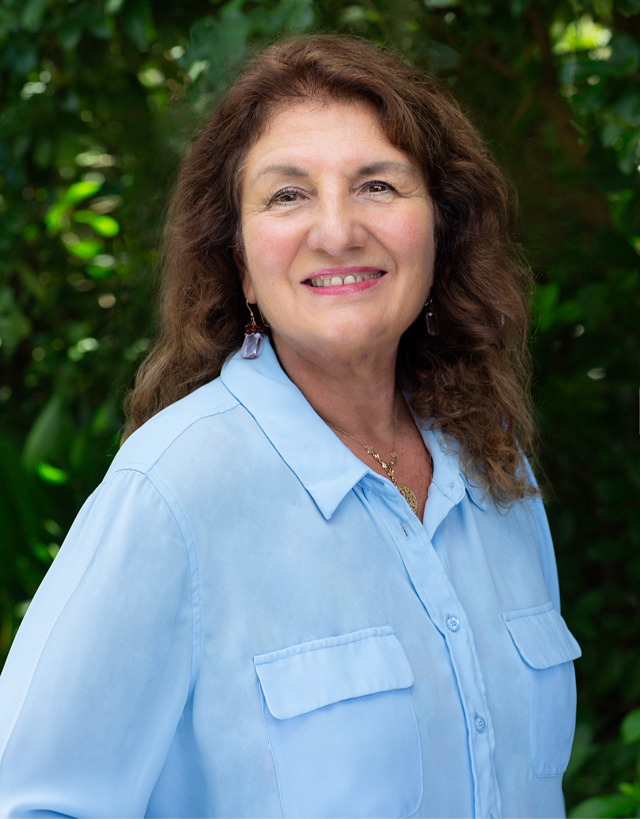Exploring Psychedelics, Inner Healing, and Ketamine-Assisted Psychotherapy - Part 2
- Jason Hartz
- Jul 21
- 2 min read
A Continuation to an Interview with Monica Grey, LCSW, LMT Part 2: Psychedelics Reconsidered – The Emerging Role of Ketamine in Healing
In this second part of our conversation, Monica discusses the evolution of psychedelic-assisted therapy—particularly the growing acceptance of ketamine in clinical practice. Drawing from both research and experience, she reflects on the current mental health landscape and why ketamine offers a timely and transformative approach.

Interviewer: Why do you think there’s such a renewed interest in psychedelics, especially ketamine?
Monica: “The level of individual suffering has increased to such a degree, that people are looking for a way to rise above, heal, and to find validation for what they, and others have gone through.”
Interviewer: What’s contributing to this widespread distress?
Monica: “As society becomes more disconnected from nature… we as humans become more and more disconnected from ourselves, and from our source. Millions of people are experiencing depression and anxiety, and many have made the decision to end their physical existence.”
Interviewer: Traditional treatments don’t always provide relief. How does ketamine offer an alternative?
Monica: “Anti-depressant and anti-anxiety medications… help only 40% of the people who go on them, and often, with devastating side effects. We are looking for better, more effective ways to provide relief from this suffering.”
Interviewer: Ketamine has a reputation as a street drug. How should we understand its medical use?
Monica: “While not a front-line antidepressant, its popularity is surging… Ketamine is used legally, and therapeutically, for relief of chronic pain, depression and anxiety, PTSD, OCD, and other disorders.”
Interviewer: How is ketamine different from other psychedelics?
Monica: “It is very short-acting, and usually lasts 50–60 minutes. The first stage of its metabolism, which is when any discomfort might arise, is in the first 10–15 minutes… If for any reason, you want the effects to stop, you can be assured that they will, within that time frame.”
Interviewer: What kinds of benefits do people experience during a session?
Monica: “Many people relate that, during their experience they were able to address questions in their lives, make decisions, gain insight, and wisdom into some of their greatest challenges… A journey will often leave the user in a relaxed state, feeling a sense of peace, and contentment.”
Interviewer: Are there any risks or challenges?
Monica: “Not everyone experiences a state of bliss… there may be nausea, strong emotions, or having to face difficult memories. Nonetheless, the presence of the therapist, and being in a safe, comfortable container, provides the user with a sense of comfort and calm.”
Look for Part 3 in the near future.




Comments